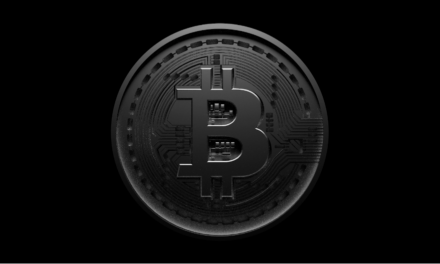Introduction: What is 5G and how does it work?
5G, the fifth generation of wireless technology, promises to revolutionize various industries, including online gaming. As an advanced network infrastructure, 5G offers lightning-fast speeds, ultra-low latency, and increased bandwidth compared to its predecessors. This article explores the impact of 5G on online gaming, delving into its benefits, challenges, future trends, and transformative potential.
Benefits of 5G for online gaming: Faster speeds, lower latency, and more bandwidth
One of the primary advantages of 5G for online gaming is its remarkable speed. With speeds potentially reaching up to 10 gigabits per second, 5G enables seamless downloading, faster game updates, and reduced buffering times. Gamers can access game content quickly, resulting in an immersive and uninterrupted gaming experience.
Moreover, the lower latency provided by 5G enhances real-time interactions in online gaming. Latency refers to the delay between a player’s action and the corresponding response in the game. With 5G’s ultra-low latency, gamers experience minimal delays, creating a more responsive and fluid gameplay environment. This improvement is particularly crucial in competitive multiplayer games where split-second reactions can make all the difference.
Additionally, 5G offers increased bandwidth, allowing for a higher volume of data transmission. This expanded capacity enables the seamless streaming of high-definition content, such as live game streaming, without sacrificing quality. Gamers can enjoy visually stunning graphics and immersive experiences without the limitations of bandwidth constraints.
Challenges and limitations of 5G for online gaming: Cost, coverage, and compatibility
While the potential benefits of 5G for online gaming are vast, several challenges and limitations need consideration. First, the cost of implementing 5G infrastructure is significant. Network providers and game developers must invest in upgrading their networks and optimizing game platforms to harness the full potential of 5G. The cost factor could potentially influence the availability and accessibility of 5G connectivity for gamers worldwide.
Another challenge is coverage. The deployment of 5G networks is an ongoing process, and coverage may be limited initially. Rural areas or regions with insufficient infrastructure may experience delays in accessing 5G, limiting the equitable distribution of its benefits. However, as network providers continue to expand their coverage, these limitations are expected to diminish over time.
Compatibility is another aspect that warrants attention. Existing devices, such as smartphones, consoles, and PCs, may require upgrades or replacements to be compatible with 5G networks. While newer devices often come equipped with 5G capabilities, ensuring backward compatibility with older devices will be a crucial consideration to facilitate a seamless transition for gamers.
Future trends and opportunities of 5G for online gaming: Cloud gaming, VR/AR, and esports
The introduction of 5G paves the way for exciting future trends and opportunities in online gaming. Online Gambling, for instance, stands to benefit significantly from 5G’s high speeds and low latency. Gamers can stream games directly from the cloud without the need for expensive hardware, providing access to a vast library of games on various devices. 5G’s increased bandwidth also ensures a smooth cloud gaming experience, as the data-intensive processing takes place remotely.
Virtual Reality (VR) and Augmented Reality (AR) gaming experiences will also be revolutionized by 5G. VR and AR technologies require substantial data transfers and low latency to provide immersive and real-time experiences. With 5G, gamers can enjoy untethered VR experiences, roam virtual worlds wirelessly, and engage in AR-enhanced gameplay seamlessly. This combination of 5G and immersive technologies will blur the line between the digital and physical realms, opening new horizons for gaming experiences.
Furthermore, 5G has the potential to elevate esports to new heights. The low latency and high-speed connectivity offered by 5G minimize lag, ensuring that competitive gaming events occur with minimal disruptions. The increased reliability and responsiveness of 5G connections provide a level playing field for esports athletes and spectators alike, enhancing the overall viewing and gaming experience.
Conclusion: How 5G will transform connectivity and online gaming
5G technology represents a transformative force in the world of online gaming. It’s faster speeds, lower latency, and increased bandwidth offer unprecedented opportunities for gamers. Faster download and streaming speeds, reduced latency, and enhanced responsiveness will revolutionize the online gaming experience, immersing players in a seamless and dynamic virtual world.
While challenges such as cost, coverage, and compatibility exist, ongoing efforts to expand 5G networks and optimize compatibility will mitigate these limitations over time. Looking ahead, 5G opens up new possibilities in cloud gaming, VR/AR experiences, and esports, promising a future where gaming becomes more immersive, accessible, and socially connected.
As 5G continues to roll out worldwide, the connectivity landscape will evolve, transforming the online gaming industry and shaping the experiences of gamers for years to come. Embracing this technological advancement will propel online gaming into a new era of unparalleled connectivity, innovation, and excitement.















